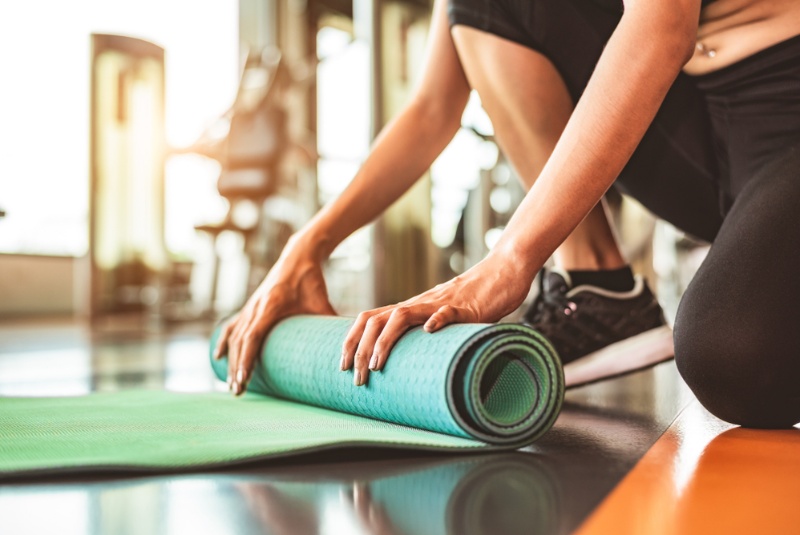In the holistic world of yoga, your mat is not just a physical tool but a sacred space where mind meets body and spirit. As yoga continues to prove its timeless relevance, the market has responded with a dizzying array of yoga mats, each promising to enhance your practice with an array of features. So, how does a discerning yogi choose the perfect canvas for their art? Let's unroll the savvy buyer’s guide to high-performance yoga mats to find the one that meets your needs.
Understanding the Essentials
Material
Traditional yoga mats were crafted from PVC, which is durable but not eco-friendly. Today, there are options made from TPE, natural rubber, and even cork. These materials not only provide good cushioning and support but are also kinder to our planet.
Thickness
A standard yoga mat has a thickness of 3.5mm, providing a good balance between cushioning and stability. If you have joint issues or prefer more cushioning, opt for a thicker mat. Conversely, if you value stability especially for balancing poses, a thinner mat would be better.
Texture
Texture influences grip and comfort. While some prefer a smooth surface that allows easy movement between poses, others prefer a textured surface for a no-slip grip during sweaty sessions.
Specialized Features to Consider
Alignment Lines
Some mats come with alignment lines to help maintain the correct posture and alignment during the practice, a fantastic tool for beginners and experienced yogis alike.
Anti-microbial Treatments
High-performance yoga mats often come with antimicrobial treatments that help keep bacterial growth at bay, fostering a hygienic practice environment.
Portability
For the yogi on the go, lightweight and easy-to-carry mats with carrying straps or bags are a boon. Some mats even come in foldable designs.

Tailoring to Your Practice
Bikram and Hot Yoga
For these sweat-inducing yoga styles, a mat with excellent grip and moisture-wicking properties is essential. Consider mats with a towel-like surface or those designed to increase grip as they get wet.
Restorative Yoga
In restorative yoga, comfort is key. A thicker mat with extra cushioning will provide the support needed during long-held poses.
Pregnancy Yoga
Pregnant yogis might prefer wider and thicker mats that offer more space and cushioning to accommodate their changing bodies.
Testing the Mat
Once you’ve got your eye on a potential yoga mat, give it a test run. Check for:
- Grip: Ensure that the mat offers a good grip, both dry and wet.
- Comfort: Lie down on the mat to check if it provides adequate cushioning.
- Stability: Test the stability of the mat with some standing poses.
Taking Care of Your Yoga Mat
A high-performance yoga mat is an investment. Extend its lifespan with proper care:
- Cleaning: Regular cleaning with appropriate cleaners will keep it hygienic and fresh-smelling.
- Storage: Store your mat unrolled, in a cool, dry place to maintain its shape and prevent any unpleasant smells.
- Rotation: Rotate your mat regularly to ensure even wear and tear.
Ethical Considerations
Lastly, consider the ethical stance of the company you are purchasing from. Many brands are moving towards sustainable practices, offering yoga mats made from recycled or sustainable materials, and giving back to the community.
Selecting a yoga mat is a personal choice, influenced by your individual practice style, physical needs, and ethical considerations. This savvy guide aims to arm you with the knowledge to select a high-performance yoga mat that will not just be a purchase but a valued partner in your yoga journey, offering you a sanctuary of comfort, support, and stability as you flow from one pose to another.
In the diverse market of yoga accessories, a high-performance yoga mat stands as a beacon of innovation, combining technology and ancient wisdom to offer a product that meets the needs of modern yogis. Embrace the journey of finding your perfect mat, for in doing so, you step closer to a practice that is uniquely yours, laying the foundation for a fulfilling and enriching yoga journey.


